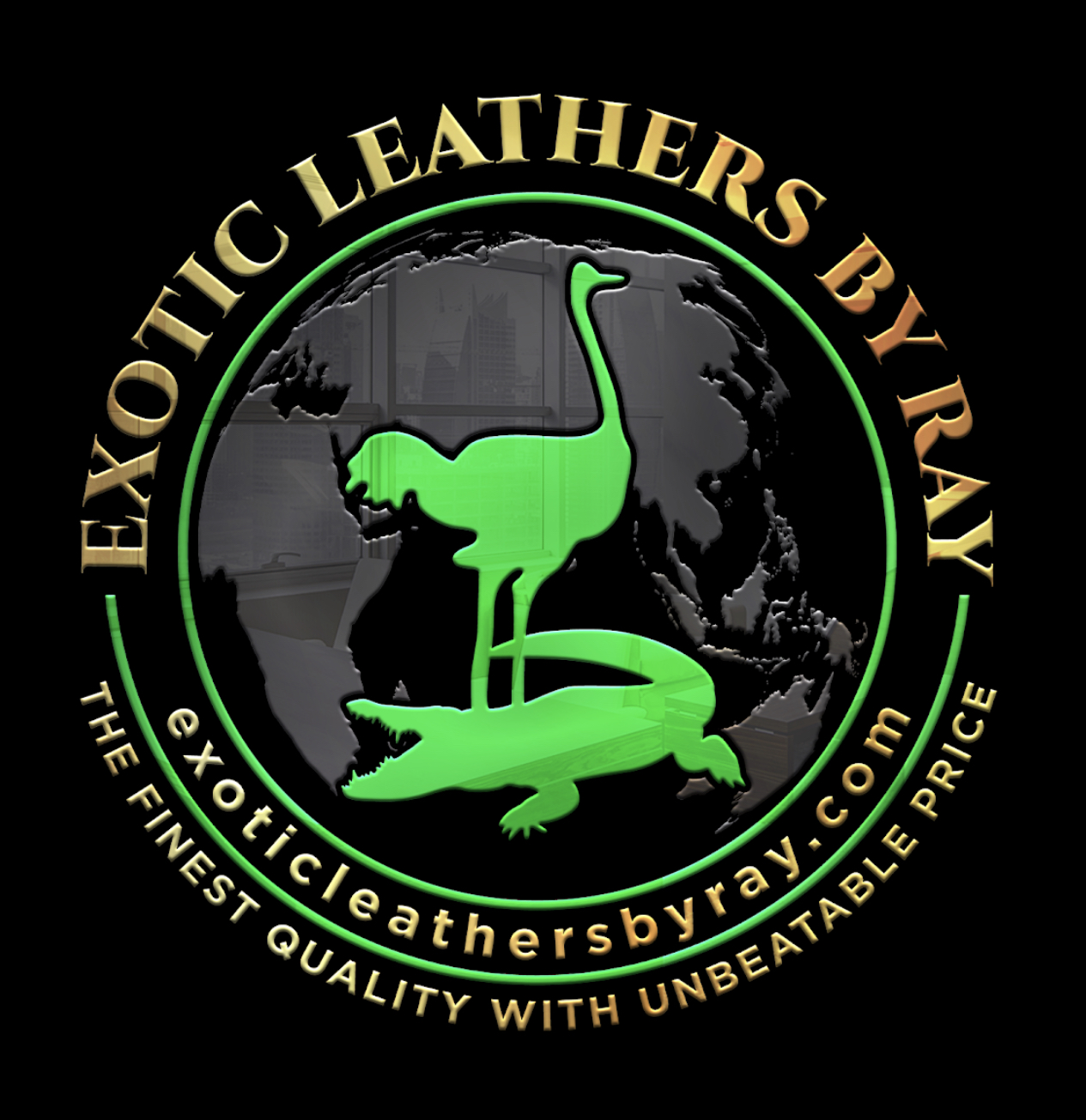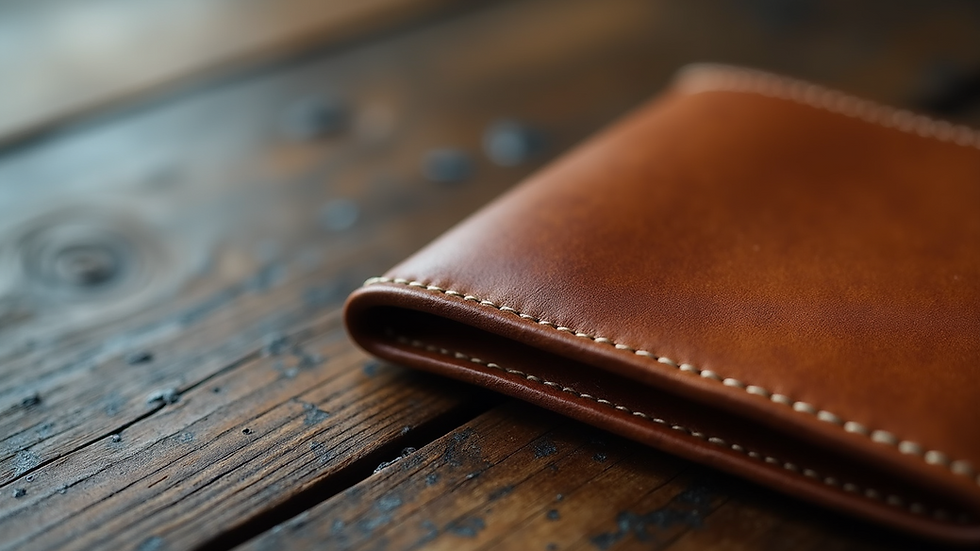Understanding Our Return Policy for Leather Goods
- Ray Sartipi

- Oct 27
- 4 min read
When working with leather, especially exotic types, it is important to understand the return policy clearly. This helps avoid confusion and ensures smooth transactions. I will explain the key points of our return policy for leather goods. This information is useful for anyone involved in leather crafting, designing, or manufacturing.
Return Policy Explanation for Leather Goods
Our return policy is designed to protect both the customer and the business. Leather products are unique and require special handling. Because of this, returns are subject to specific conditions. We accept returns only if the product is unused and in its original condition. This means no cuts, marks, or alterations.
The return must be requested within 14 days of receiving the product. After this period, returns are not accepted. Customers must provide proof of purchase and include all original packaging. Shipping costs for returns are the responsibility of the customer unless the product is defective or damaged during shipping.
We inspect all returned items carefully. If the product shows signs of use or damage, we will not accept the return. Refunds are processed within 7 business days after we receive the returned item. The refund will be issued using the original payment method.
For more detailed information, you can review our return policy details.

Close-up view of exotic leather hide showing natural texture and quality
Why a Clear Return Policy Matters in Leather Goods
Leather goods are not like regular products. Each piece has unique characteristics. This makes returns more complicated. A clear return policy helps set expectations. It reduces disputes and saves time.
For example, a leather crafter may order a specific type of exotic leather. If the leather arrives with defects, the crafter needs to know how to return it quickly. On the other hand, if the leather is cut or altered, it cannot be returned. This protects the supplier from losses.
A clear policy also helps maintain product quality. It discourages customers from returning used or damaged goods. This is important because leather cannot be resold once altered. It also ensures that customers receive products that meet their standards.
What is an Example of a Good Return Policy?
A good return policy is simple, clear, and fair. It should cover the following points:
Time Frame - Specify how long customers have to return items. For leather goods, 14 days is common.
Condition of Returns - State that items must be unused and in original condition.
Proof of Purchase - Require a receipt or order confirmation.
Return Process - Explain how to initiate a return and where to send the item.
Refund Method - Clarify how refunds are issued and the time frame.
Shipping Costs - Define who pays for return shipping.
Exceptions - List any non-returnable items or special cases.
For example, a good policy might say: "Returns are accepted within 14 days of delivery. Items must be unused and in original packaging. Customers must provide proof of purchase. Return shipping costs are the customer's responsibility unless the item is defective."
This approach is straightforward and easy to follow. It protects both parties and builds trust.

Eye-level view of leather rolls stacked neatly in a warehouse storage area
Handling Defective or Damaged Leather Goods
Defects and damage can happen during production or shipping. Our policy addresses these cases clearly. If you receive defective or damaged leather, contact us immediately. Provide photos and a description of the issue.
We will verify the claim and arrange for a return or exchange. In these cases, we cover the return shipping costs. We aim to resolve these issues quickly to minimize disruption to your work.
It is important to inspect leather goods upon arrival. Check for any visible defects or damage before cutting or using the material. This helps avoid problems later.
If you find a defect after starting work, the return may not be accepted. This is because the leather has been altered and cannot be resold.
Tips for Managing Returns Efficiently
Managing returns can be time-consuming. Here are some tips to handle them efficiently:
Inspect Before Use: Always check leather goods immediately after delivery.
Keep Packaging: Save original packaging for possible returns.
Document Issues: Take clear photos of any defects or damage.
Follow Instructions: Use the return process as outlined in the policy.
Communicate Promptly: Contact the supplier quickly if there is a problem.
Track Shipments: Use tracking for return shipments to avoid loss.
Following these steps helps ensure a smooth return process. It also helps maintain good relationships with suppliers.
Final Notes on Our Return Policy
Understanding the return policy is essential when working with exotic leather goods. It protects your investment and ensures you receive quality materials. Our policy is designed to be clear and fair. It balances the needs of customers and the realities of handling leather products.
If you want to review the full details, please visit our return policy details. Knowing the rules helps you plan purchases and manage your projects better.
By following the guidelines and tips provided, you can avoid common issues with returns. This allows you to focus on creating high-quality leather products with confidence.






Comments